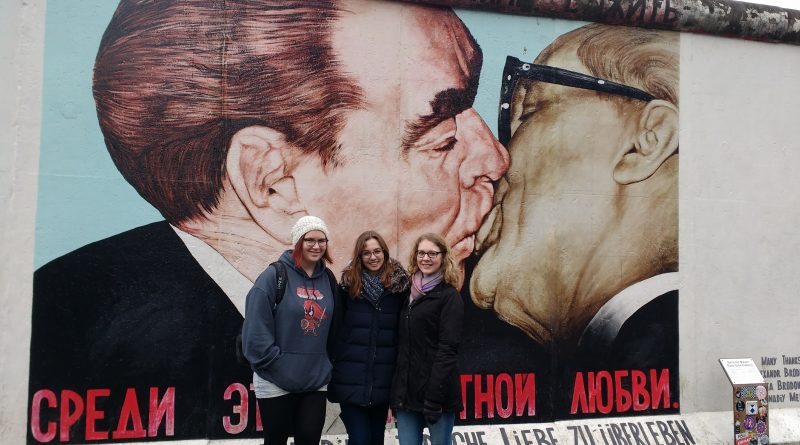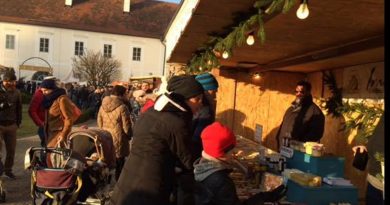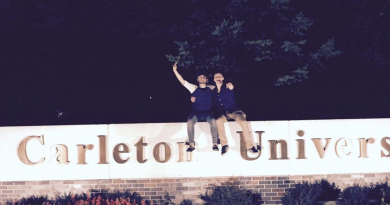Understanding the German-speaking World: Part 2 (LingoMap)
Hallo Leute! My last blog on German culture focused mainly on the area of Germany where I am this year, i.e. Norddeutschland, and although ich habe mich in der norddeutscher Kultur verliebt, I think it would be somewhat unspeakable to write a blog about German culture without mentioning one of the most berühmt Multikulti cities in Germany – the country’s capital.
At the start of the month I decided to spend a few days in Berlin with some friends to take in some of the sights and history of Berlin, and came to the conclusion that the Berlin culture is completely different to that of my little town in Niedersachsen for a few reasons.
- Erstens, liegt Berlin in Ostdeutschland. Der Akzent ist anders. Die Geschichte is anders. Es handelt sich weniger um Meersalz und mehr um Flussschiffe.
- Zweitens, ist Berlin ein Großstadt. Das Leben in einem Großstadt ist total anders als das in einem Dorf auf dem Land.
- Drittens, war Berlin vor 29 Jahre getrennt – der Stadt selbt hat zwei verschiedene Kulturen und Bevölkerungen gehabt. Mann sieht immer noch einige unterschiede zwischen Ost- und West- Berlin, bis zu die grüne Männer, die dir sagen, dass es sicher ist, die Straße zu überqueren.
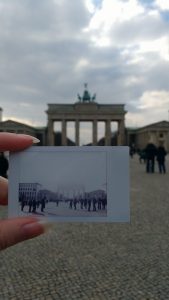
Being a capital city, the size of Berlin actually means that its culture is not only influenced by its location in eastern Germany, but also by the many people who come from other countries to live and work in Berlin. People from all over the world with different background, beliefs and circles flock to the Hauptstadt and, thanks to this migration, Berlin is a giant patchwork of different cultural districts. Of course there are the historical districts, such as the Mitte, where you can see some of the most famous sights in Berlin and visit the museums to get clued up on some of the city’s history, but that’s not where it ends – there are also the areas where the artists let loose on the architecture, there’s the rainbow quarter and there are the vibrant Turkish communities, um nur ein Paar zu nennen! Everybody knows that one of the best ways to experience a different culture is through food, and the mixing of Turkish and German cultures in Berlin is actually what led to the creation of one of Germany’s most beloved dishes – the Döner.
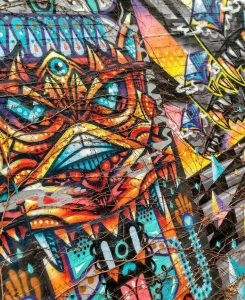
Berlin culture is also hugely influenced by the city’s history, und zwar the almost 30-year period during which the city was divided by a 3.6 metre high wall topped with barbed wire. Although the city has been reunified now for the same amount of time that the wall stood, you can still see signs of the separation, such as the different traffic light symbols (Ampelmännchen) in the East and West halves. Berliners actually love the old Eastern Ampelmännchen and they’ve become a popular symbol of Ostalgie. Die Berliner are proud of the hardship they endured and turned the remains of the wall into an art gallery which is now full of paintings which often depict political messages about the Wall, but also about the importance of freedom in general.
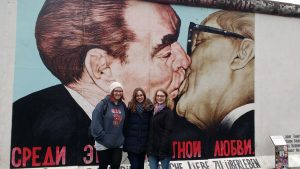
Obwohl es sehr einfach sein kann, sich zu verlieren in dem Tourismus und Hektik von Berlin, es ist auch wichtig ein bisschen von der Stadt selbst zu erleben. Wer Berliner ist, nimmt seinen Döner mit scharf. Dynamisch, bunt und multi-kulti, ich kann es nur empfehlen, mal Dort zu reisen und der Stadt selbst zu erfahren.
Also, bis zum nächsten Mal!
Ein Paar Fragen zu beantworten:
- Wie hoch war der berliner Mauer?
- Was ist einer der beliebtester Gerichte Deutschlands, und von welcher Länder war es erfunden?
- Können Sie (oder wenn ich darf, ‘kannst du’) drei Sehenswürdigkeiten in Berlin nennen?

